Last year, I volunteered to give the welcome speech at my aunt’s celebration of life. I thought I could handle it – I mean, how hard could it be? Turns out, standing in front of a room full of grieving people while you’re grieving too is harder than anything I’d ever done. But here’s what I learned: it’s not about being perfect. It’s about being real.
Quick Resource:
Get structured, compassionate guidance for crafting your speech with the Celebration of Life Generator.
These days, memorial services look nothing like the stuffy funerals our grandparents attended. People want something more personal, more authentic. They want to hear about the time your dad got lost driving to the grocery store he’d been visiting for twenty years, or how your mom always burned the Thanksgiving turkey but somehow made it taste amazing anyway.
Your celebration of life welcome speech sets the tone for everything that follows. You’re not just introducing the service – you’re giving everyone permission to feel whatever comes up, whether that’s tears, laughter, or both.
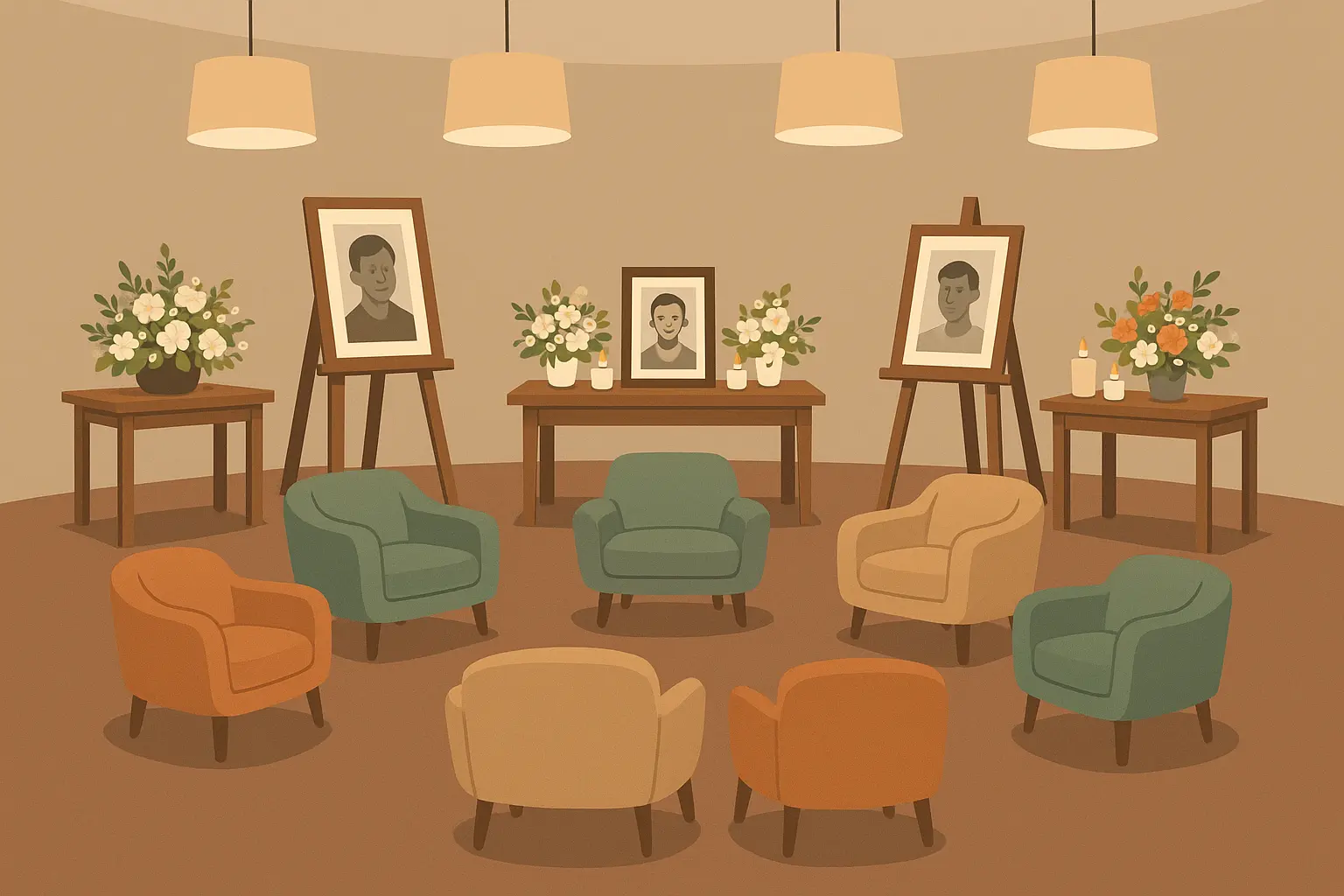
What People Actually Want to Hear
Forget the flowery language and distant platitudes. People want real stories about real moments. They want to remember why this person mattered, not listen to a generic speech that could be about anyone.
Your audience includes people at different stages of grief. Some might be ready to smile and share fond memories, while others are still processing the shock of loss. Your celebration of life welcome speech needs to create space for all of these experiences without forcing anyone to feel a certain way.
Here’s the thing about grief – it’s messy as hell. Someone might burst into tears during a funny story, or laugh at the worst possible moment. That’s normal. Your job is to normalize these responses, not try to control them.
Many families find that incorporating elements from funny celebration of life speeches helps create the authentic, relatable atmosphere that today’s audiences seek, allowing both tears and laughter to coexist naturally.
Find your balance between humor and heart with help from the Celebration of Life Generator.
Recent events show how powerful authentic emotion can be during memorial services. At State Farm Stadium, Erika Kirk’s memorial speech included her publicly forgiving her husband’s killer, stating “The answer to hate is not hate. The answer we know from the gospel is love and always love.” This profound example shows how memorial speeches can transform pain into healing for entire communities.
Building Your Speech: The Essential Pieces
Every effective celebration of life welcome speech needs a few key components, but you don’t need to overthink it. Start simple.
Opening Acknowledgments That Actually Matter
Don’t just thank everyone for coming. Recognize the people who made extraordinary efforts to be there. The college roommate who flew in from across the country, the neighbor who’s been bringing casseroles all week, the coworkers who covered shifts so others could attend.
Here’s what works:
“Thanks for being here today. I see Mom’s book club ladies who’ve been crying in the kitchen all morning, her former students who drove three hours to get here, and Uncle Pete who I haven’t seen since the last funeral but somehow always shows up when it matters.”
Set Clear Expectations
People feel more comfortable when they know what to expect. Will there be opportunities for sharing memories? How long will the service last? Is there a reception afterward? These practical details help people settle in and focus on the emotional experience.
Give Permission for All Emotions
Sometimes people need to hear this directly: “It’s okay to cry here. It’s also okay to laugh. Grief doesn’t follow rules, and neither do we today.”

Gathering Stories That Bring Someone to Life
Don’t just rely on your own memories. Call Mom’s work friends, her college roommate, the neighbor she gossiped with over the fence. You’ll be amazed what you learn. I had no idea my dad was known as “the coffee cart guy” at work until I asked his coworkers.
The best stories come from different parts of someone’s life:
- Childhood friends who knew them before they became “responsible”
- Coworkers who saw their professional character
- Neighbors who witnessed their daily kindness
- Old teachers or students who remember their impact
Professional colleagues often have insights that family members don’t. The way someone handled difficult clients, their reputation for integrity, or their willingness to help others succeed – these workplace qualities reveal character in ways that complement family stories.
Here’s what I mean: When I reached out to Dad’s former colleagues at the engineering firm, I expected to hear about his technical expertise. Instead, they told me about “Coffee Cart Fridays” – how Dad would wheel a cart around the office every Friday afternoon, not just serving coffee, but checking in on everyone’s projects, celebrating small wins, and somehow knowing exactly who needed encouragement that week.
Don’t forget about the ripple effects. The teacher who inspired one student might have indirectly influenced that student’s entire career path. The coach who emphasized sportsmanship over winning might have shaped how dozens of kids approached competition throughout their lives.
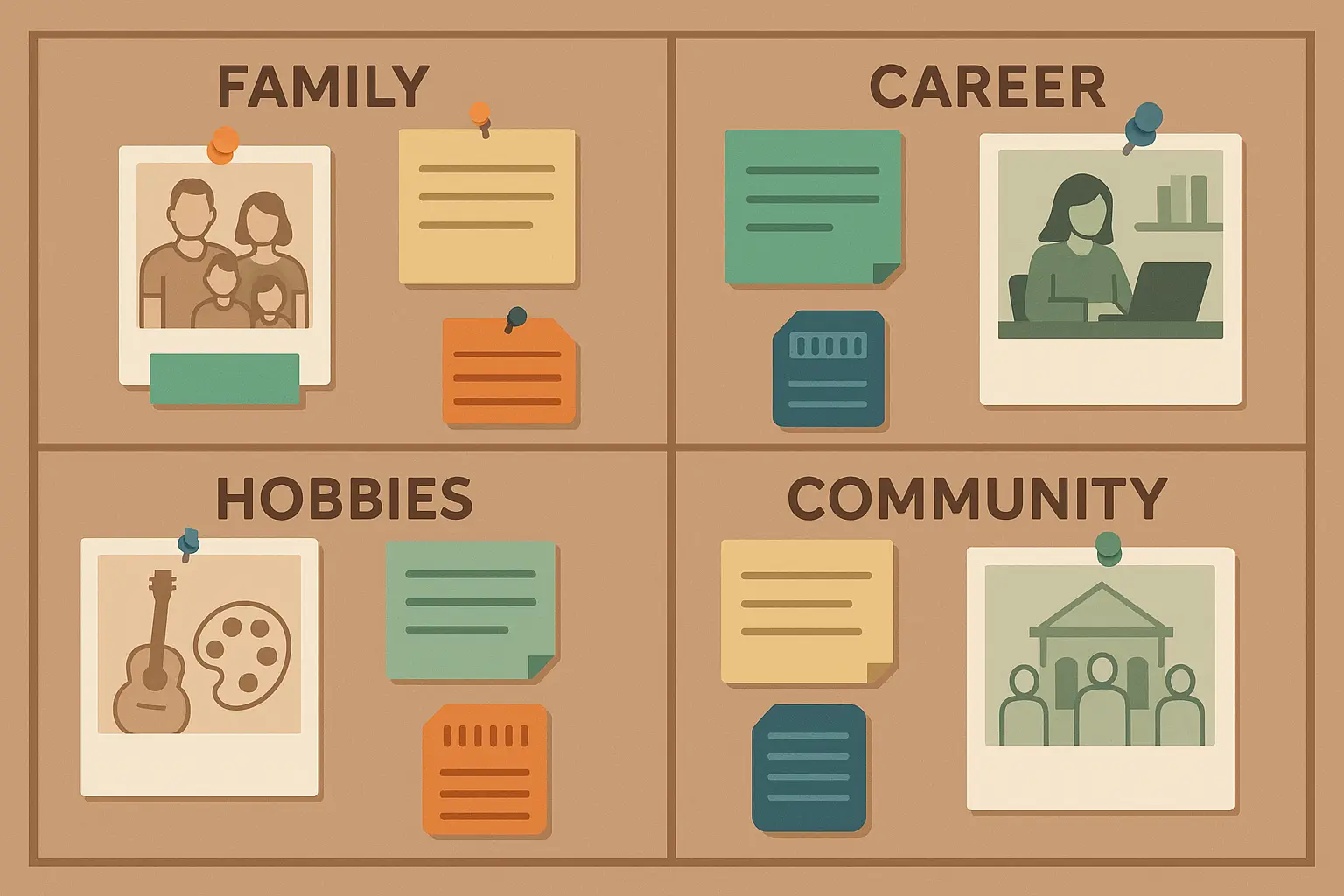
The Tricky Balance: When to Laugh, When to Cry
The good news? People want to laugh. They need to laugh. Just make sure you’re laughing with your loved one, not at them. Share the quirky stuff that made them lovable, not the stuff that would embarrass them.
Humor works best when it reveals something endearing about the person’s character. Like how your grandfather insisted on wearing his lucky fishing hat to your wedding, or how your sister could never remember anyone’s name but somehow made everyone feel special anyway.
Understanding the key components of effective memorial communication builds on broader principles found in celebration of life speech guidance, ensuring your opening remarks set the right foundation for the entire service.
Create the perfect opening message with support from the Celebration of Life Generator.
Here’s an example that works:
“Anyone who knew Uncle Bob will remember his legendary inability to use any technology more complex than a can opener. He once spent three hours trying to ‘rewind’ a DVD, convinced it was broken when it wouldn’t go backwards. But here’s what made Bob special – instead of getting frustrated, he’d laugh at himself and say, ‘Well, I guess that’s why God made teenagers.’ His humility taught all of us that it’s okay not to be perfect at everything.”
Reading the Room
Different cultures have vastly different relationships with humor during memorial services. What feels appropriate and healing in one context might feel disrespectful in another. When in doubt, err on the side of reverence and let any humor emerge naturally from the stories themselves.
Watch faces, not just your notes. If you see people looking uncomfortable or confused, that’s information you need to process in real time.
Preparing for the Emotional Roller Coaster
Practice your speech, but know you might still fall apart. That’s okay. Have someone who can jump in if you can’t finish. Mark the spots where you might get emotional and plan to pause and breathe. And for the love of all that’s holy, have tissues within reach.
Breathing techniques aren’t just new-age nonsense – they’re practical tools for maintaining vocal control when emotions threaten to overwhelm you. Deep breathing before you start, strategic pauses during difficult sections, and focusing on your breath when you feel yourself losing composure can make the difference between completing your speech and breaking down mid-sentence.
Your Backup Plan
Designate someone who could step in if you become too emotional to continue, or prepare a shortened version of your remarks that covers the essential points if you need to cut things short. This safety net often provides enough confidence to get through the full speech.
Eye contact creates connection, but it can also trigger emotions. Practice finding friendly faces in different parts of the room so you can maintain visual connection without focusing on anyone who might make you more emotional.
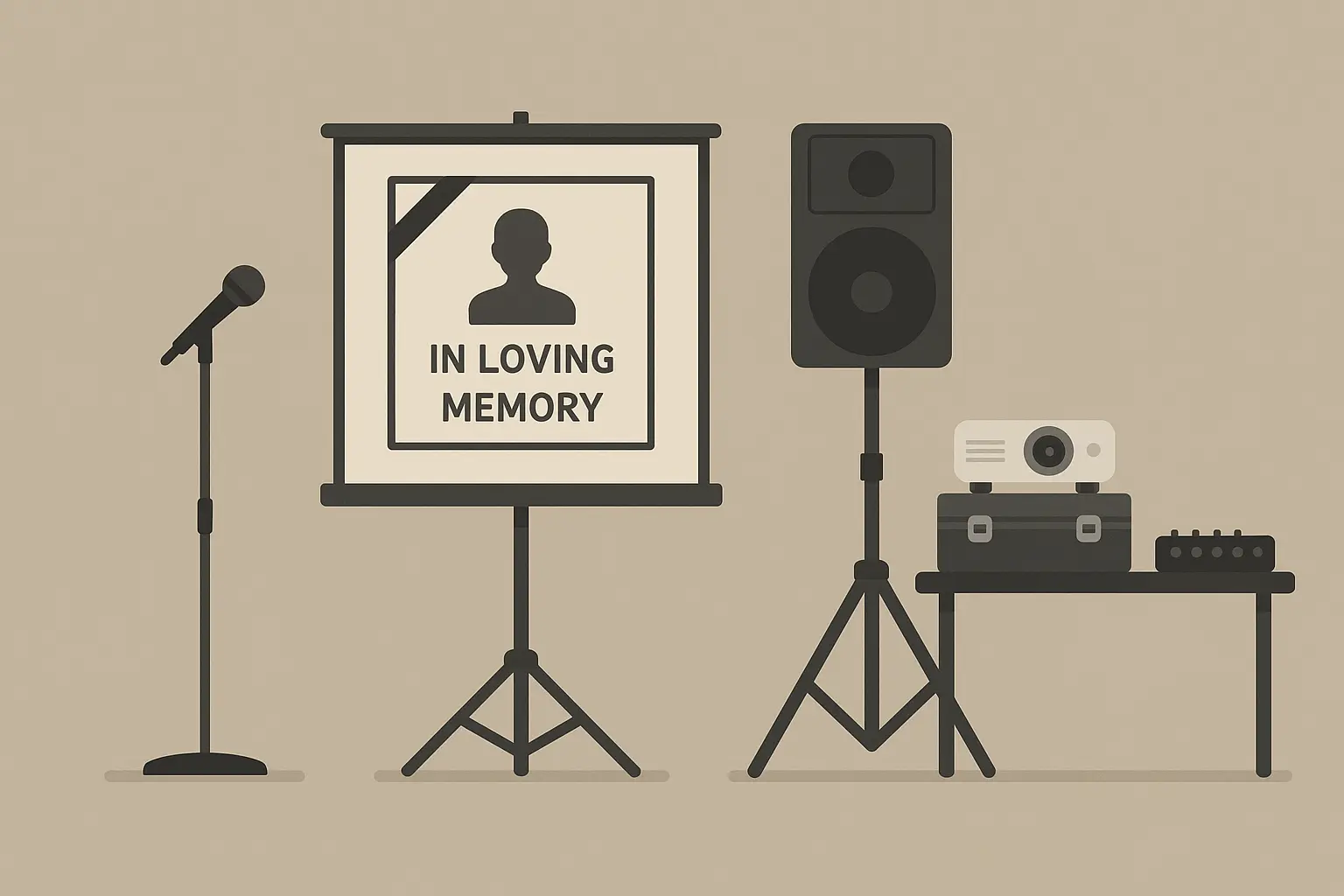
When Things Get Complicated
Some celebration of life services involve situations that require extra sensitivity. Sudden death leaves everyone reeling. Your welcome speech needs to acknowledge this reality without dwelling on it. “We’re all still processing the shock of losing Sarah so unexpectedly” validates what everyone is feeling without making it the central focus.
Understanding the unique challenges of unexpected loss can benefit from insights in crafting a heartfelt eulogy for sudden loss, which provides specific guidance for navigating the additional complexities of traumatic circumstances.
Get gentle direction for difficult losses through the Celebration of Life Generator.
Complex Legacies
Not everyone lives a life that’s easy to celebrate. Addiction, mental illness, difficult relationships, or poor choices can complicate how families want to remember someone. Your job isn’t to whitewash these realities, but to find authentic ways to honor the person’s humanity and positive impact.
Focus on the love that brought people together rather than trying to resolve complicated feelings. “Despite his battles with depression, Tom never stopped trying to make other people laugh” acknowledges difficulty while highlighting positive qualities.
Sometimes the most honest tribute acknowledges struggle while celebrating resilience, growth, or the ways someone tried to overcome their challenges. This approach feels more authentic than pretending problems didn’t exist.

Honoring Different Backgrounds and Beliefs
If your family is like most families these days, you’ve got different cultures, religions, and generations all mixed together. Acknowledge that upfront: “We all loved Mom differently, and we all grieve differently, and that’s exactly how she would want it.”
Multicultural families often blend traditions in beautiful but complex ways. Your celebration of life welcome speech might need to acknowledge different cultural approaches to death and remembrance while creating space for everyone to participate meaningfully.
Language barriers require thoughtful consideration. If some attendees speak different languages, consider brief translations of key points, or acknowledge that some stories might be shared in multiple languages throughout the service.
Recent celebrations demonstrate the beauty of multicultural memorial approaches. The Brussels celebration of the Dalai Lama’s 90th birthday at Concert Noble showcased how diverse traditions can blend seamlessly, featuring authentic traditional Tibetan cultural performance alongside European diplomatic protocols, creating an inclusive experience that honored both Eastern and Western approaches to celebration and remembrance.
Universal Connection Points
Universal themes transcend cultural differences. Love, loss, memory, and hope resonate across all backgrounds. Focus on these shared human experiences while acknowledging that different traditions express them in various ways.
Moments of silence work across most cultural and religious boundaries. They provide space for people to connect with their own spiritual practices without requiring participation in specific religious observances.
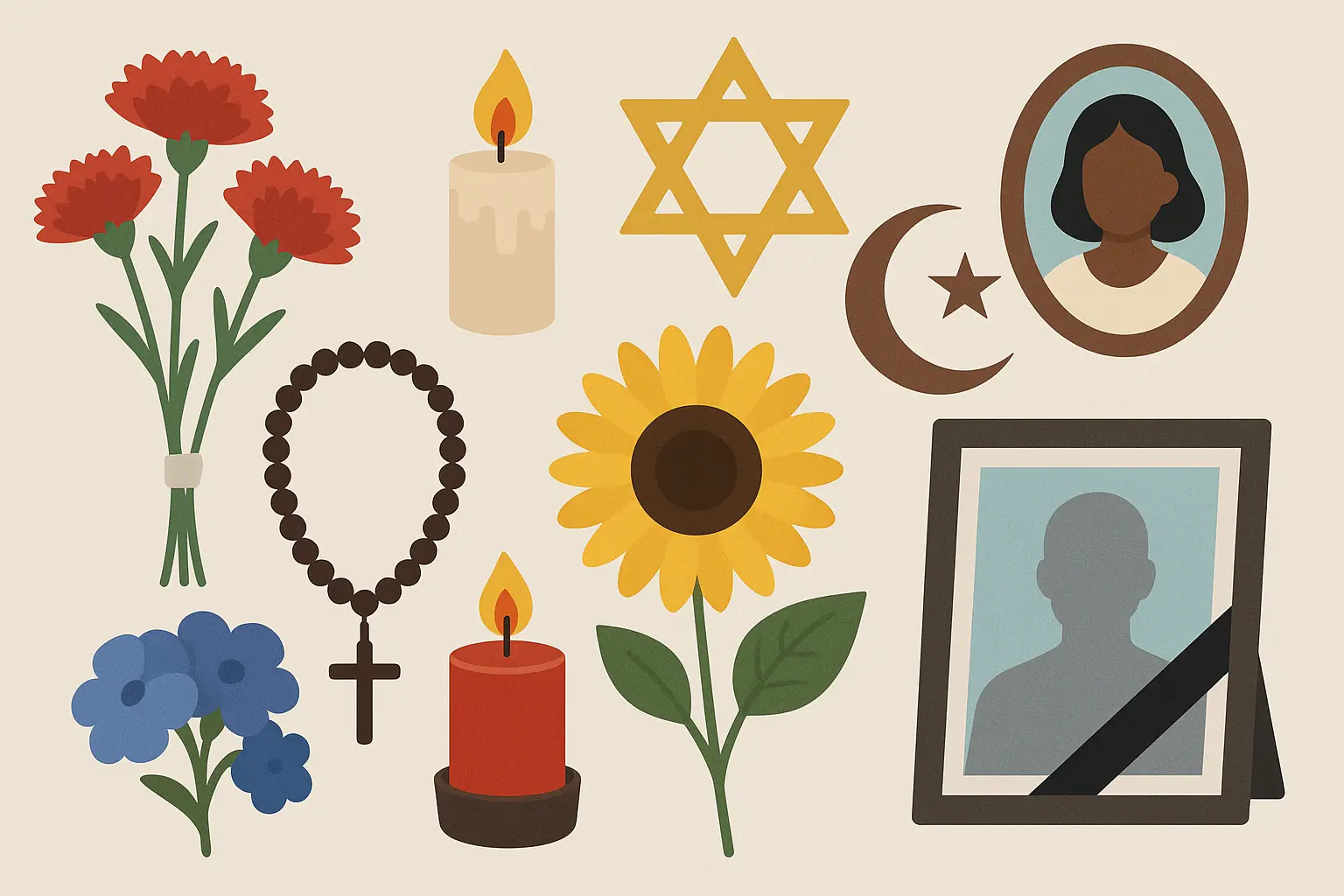
Learning as You Go
Every memorial service teaches you something new about grief, family dynamics, or effective communication. Pay attention to what works and what doesn’t, but remember that each situation is unique and what works for one family might not work for another.
Grief doesn’t end when the memorial service does. Your role might extend to connecting families with ongoing support resources, whether that’s professional counseling, support groups, or community organizations that help people navigate long-term grief.
Developing your skills over time benefits from studying various celebration of life speech examples to understand different approaches and techniques that work across various family dynamics and cultural contexts.
Learn from proven examples and build your own tribute with the Celebration of Life Generator.
Memorial legacy projects give people concrete ways to honor someone’s memory beyond the service itself. Scholarship funds, charitable initiatives, or community projects can provide ongoing connection to the person’s values and impact.
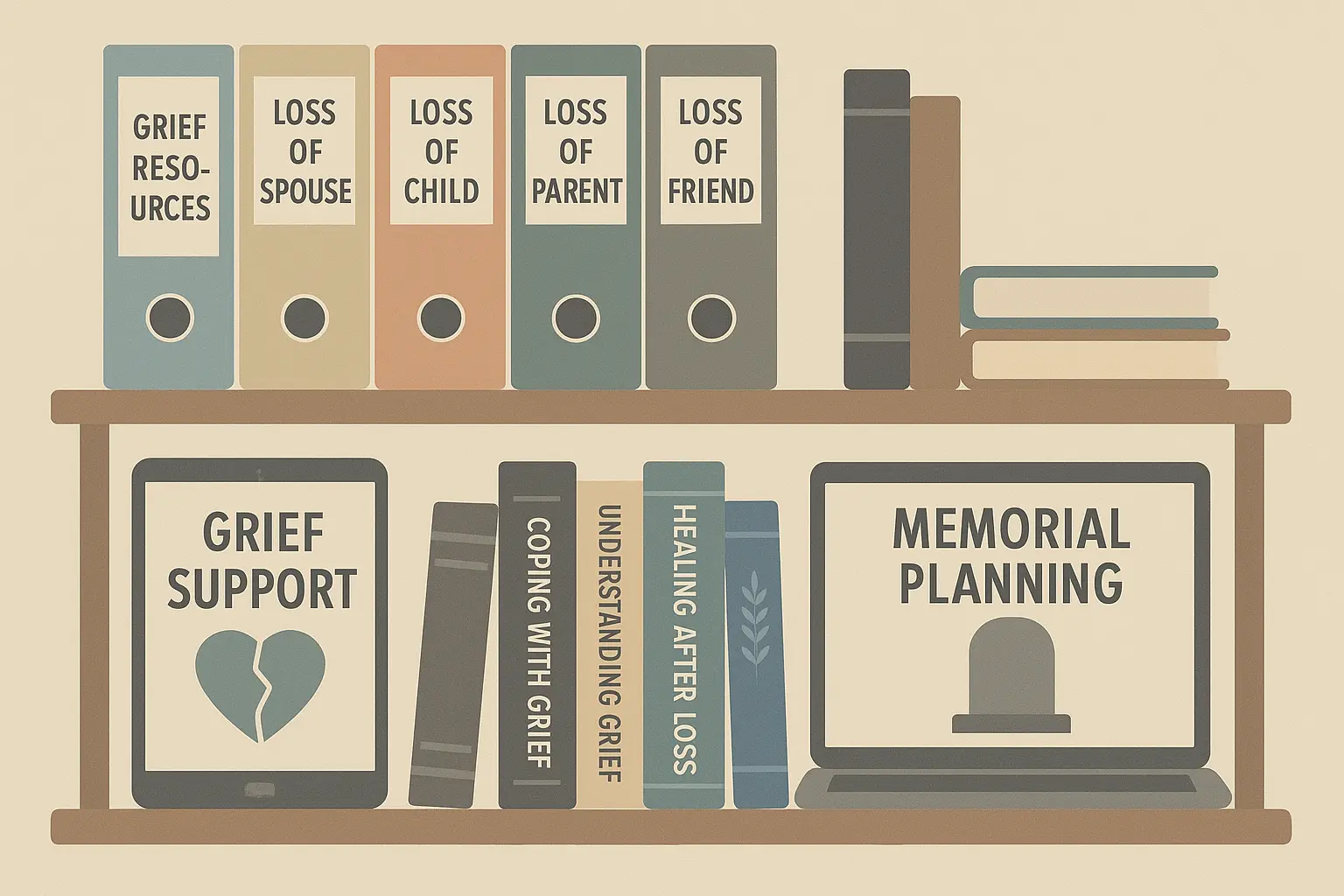
Getting Help When You Need It
Writing a celebration of life welcome speech while you’re grieving feels impossible sometimes. The pressure to get it right, combined with your own emotional processing, can be overwhelming. That’s where professional support becomes essential rather than optional.
Eulogy Generator’s interactive approach helps transform scattered memories and overwhelming emotions into structured, meaningful presentations. Instead of staring at a blank page wondering where to start, you’re guided through specific questions that unlock personal stories and help organize them into coherent tributes.
The platform’s strength lies in its ability to handle the complex considerations we’ve discussed – cultural sensitivity, appropriate humor, emotional balance, and personalization. Rather than generic templates that feel impersonal, you get customized guidance that ensures your speech captures the unique personality and legacy of the person you’re honoring.
Whether you’re preparing remarks for immediate family or extended community, tools such as the celebration of life generator provide the structured support needed to create speeches that honor both the deceased and the diverse needs of your audience.
Build a speech that honors your loved one with the Celebration of Life Generator.
Most importantly, professional support provides confidence when you need it most. The unlimited editing feature means you can refine your content until it perfectly reflects your voice and the tone appropriate for your specific gathering.

You’ve Got This
Look, if you’re reading this the night before and panicking, it’s going to be okay. Your job isn’t to be perfect – it’s to show up and start the conversation. The people in that room love the person you’re honoring, and they love you for being brave enough to stand up there. That’s enough.
Standing up to give a celebration of life welcome speech is one of the most challenging speaking situations you’ll ever face. You’re dealing with your own grief while trying to create the right emotional foundation for everyone else’s healing process. The responsibility feels enormous because it is enormous – your words set the tone for how people will remember and honor someone who mattered deeply to all of you.
But here’s what I’ve learned from watching people navigate this difficult task: perfection isn’t the goal, connection is. People don’t need you to be eloquent or profound. They need you to be genuine, thoughtful, and brave enough to stand up when standing up feels impossible.
Remember that your celebration of life welcome speech is just the beginning. It opens the door for healing, remembrance, and celebration, but it doesn’t carry the entire weight of the memorial service. Trust that others will contribute their own memories, support, and love throughout the gathering. Your job is simply to start the conversation with honesty, warmth, and respect for everyone who showed up to honor someone special.
Quick Preparation Checklist:
- Gather stories from family, friends, and colleagues
- Pick 2-3 key character traits to highlight
- Practice 3-5 times (aim for 3-5 minutes)
- Have a backup person ready
- Test any technology beforehand
- Prepare your opening acknowledgments
- Have tissues and water nearby
- Know the venue logistics to share
- Double-check any cultural considerations
The strategies we’ve covered – from gathering diverse stories to managing your own emotions, from cultural sensitivity to handling complex circumstances – these aren’t just techniques. They’re ways of honoring both the person you’ve lost and the people who are still here, still hurting, still needing connection and comfort.
Your celebration of life welcome speech doesn’t have to be perfect. It just has to be you, showing up with love when showing up feels impossible. And that’s more than enough.
Begin crafting your meaningful welcome speech today with the Celebration of Life Generator.

